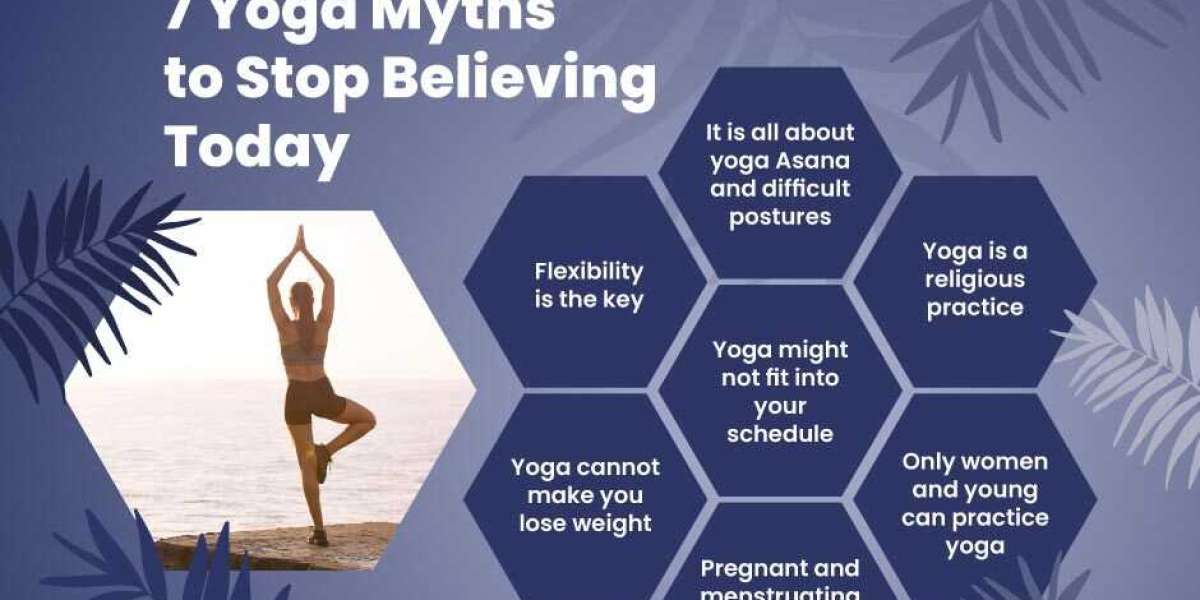However, despite its widespread acceptance, there are still many myths and misconceptions about yoga that persist to this day. In this article, we will debunk some of the biggest myths about yoga.
Myth #1: Yoga is only for flexible people
One of the most common myths about yoga is that it's only for people who are already flexible. This couldn't be further from the truth. In fact, yoga is an excellent way to improve flexibility, regardless of your current level. Yoga postures are designed to gently stretch and strengthen the muscles, increase joint mobility, and improve overall flexibility over time. There are also many modifications and props available that make yoga accessible to people of all ages and abilities.
Myth #2: Yoga is a religion
Another common misconception about yoga is that it is a religion. While yoga has roots in Hinduism and Buddhism, it is not a religion in and of itself. Yoga is a physical, mental, and spiritual practice that can be practiced by people of any faith or belief system. Many people find that yoga complements their existing spiritual practices, but it is not necessary to adopt any particular religious beliefs to practice yoga.
Myth #3: Yoga is only for women
Although yoga classes are often dominated by women, yoga is a practice that is equally beneficial for men. In fact, many professional athletes, including basketball players, football players, and MMA fighters, have incorporated yoga into their training routines to improve flexibility, balance, and focus. There are also many styles of yoga, including Ashtanga, Power, and Bikram, that are known for their physical intensity and are popular among men.
Myth #4: Yoga is only about physical exercise
While yoga is certainly an excellent form of physical exercise, it is much more than that. Yoga is a holistic practice that encompasses physical, mental, and spiritual aspects. The physical postures, or asanas, are just one aspect of yoga. The practice also includes breathing exercises, meditation, and ethical guidelines that promote a healthy and balanced lifestyle.
Myth #5: Yoga is expensive
Although some yoga classes can be expensive, there are many affordable options available. Many community centers, libraries, and parks offer free or low-cost yoga classes. There are also many online resources available, including videos, podcasts, and apps, that provide free or low-cost yoga classes.
Myth #6: You need fancy equipment to practice yoga
All you really need to practice yoga is a comfortable mat and some loose-fitting clothing. While some yoga props, such as blocks and straps, can be helpful, they are not essential. The most important thing is to find a space where you can practice without distractions and to commit to a regular practice.
Myth #7: Yoga is easy
Yoga can be challenging, both physically and mentally. While some postures may appear easy, they require strength, flexibility, and concentration to perform correctly. A regular yoga practice can help develop these skills over time, but it requires patience and dedication.
In conclusion, yoga is a practice that offers a wide range of benefits, including improved flexibility, strength, balance, focus, and relaxation. By debunking these myths and misconceptions about yoga, we can encourage more people to try this powerful practice and experience its many benefits for themselves.








